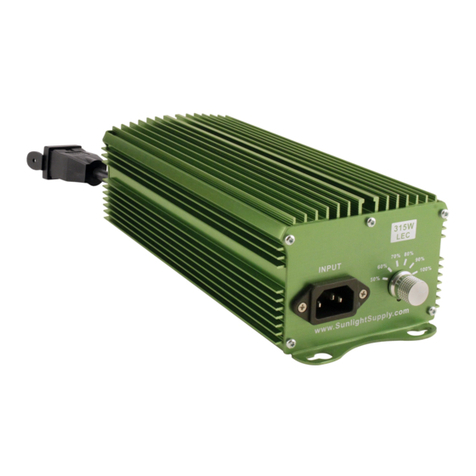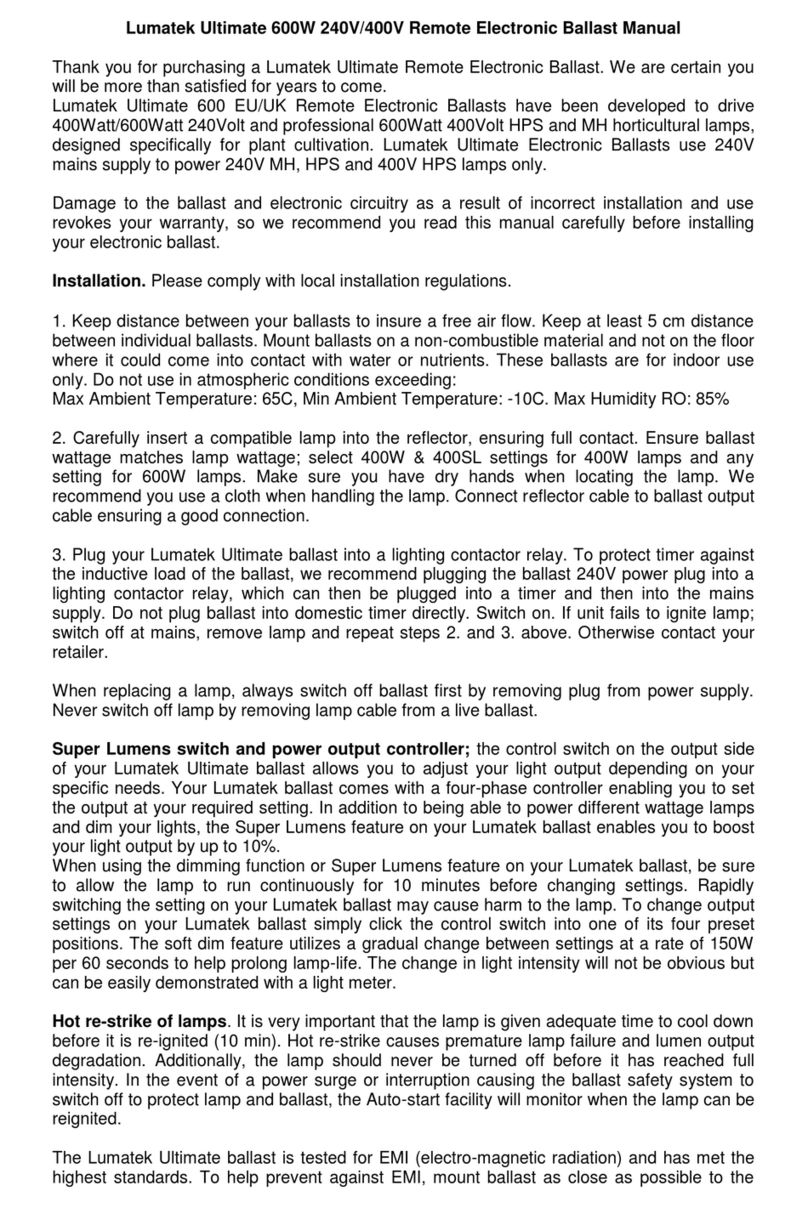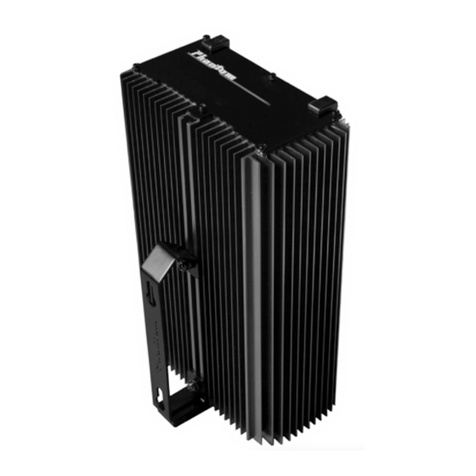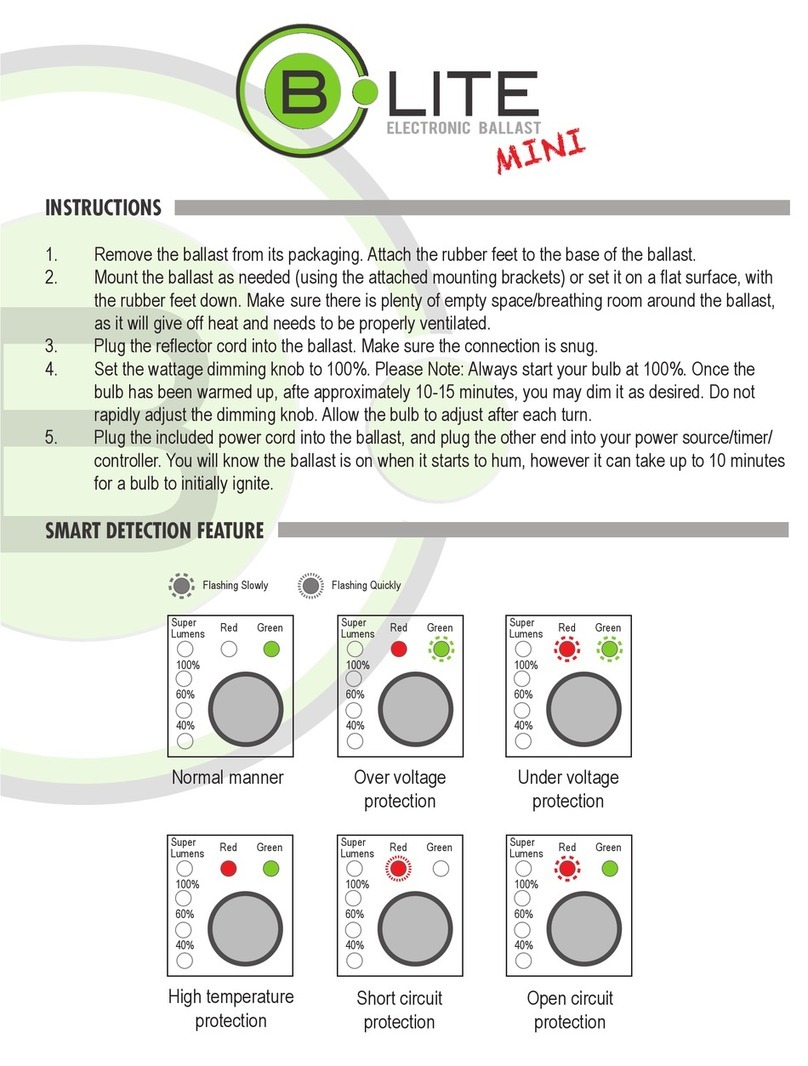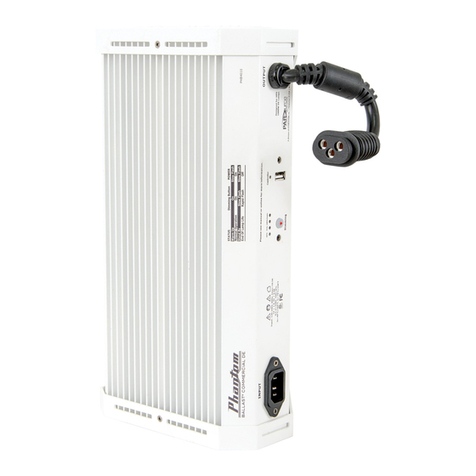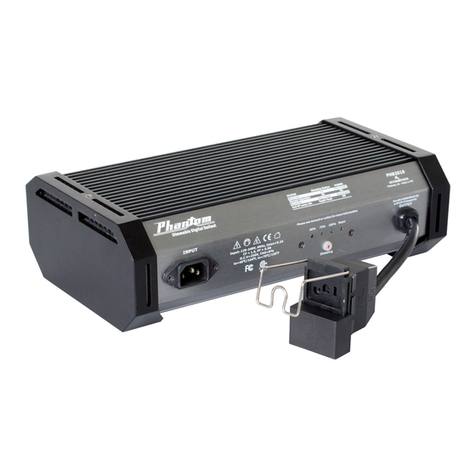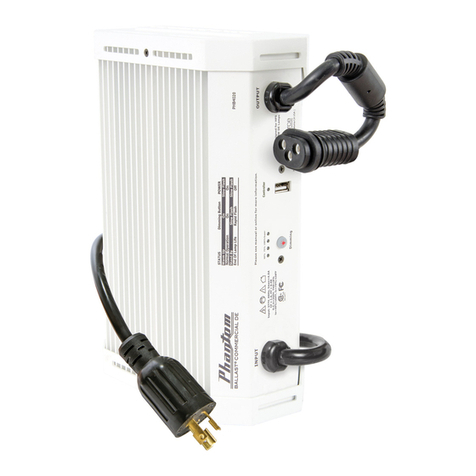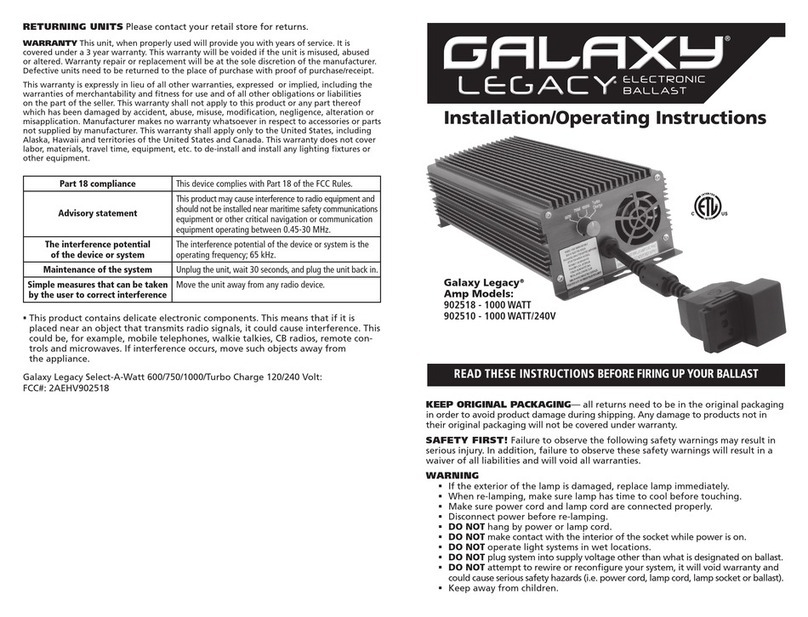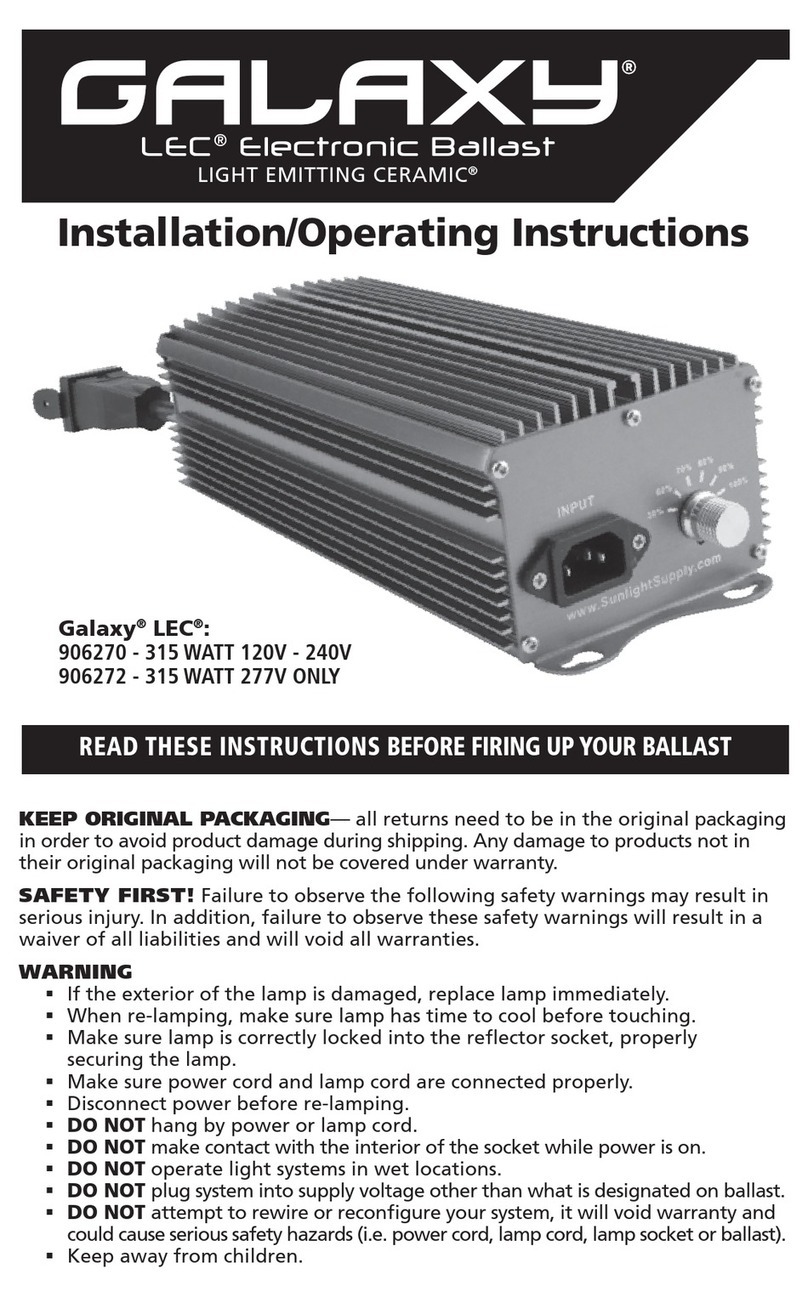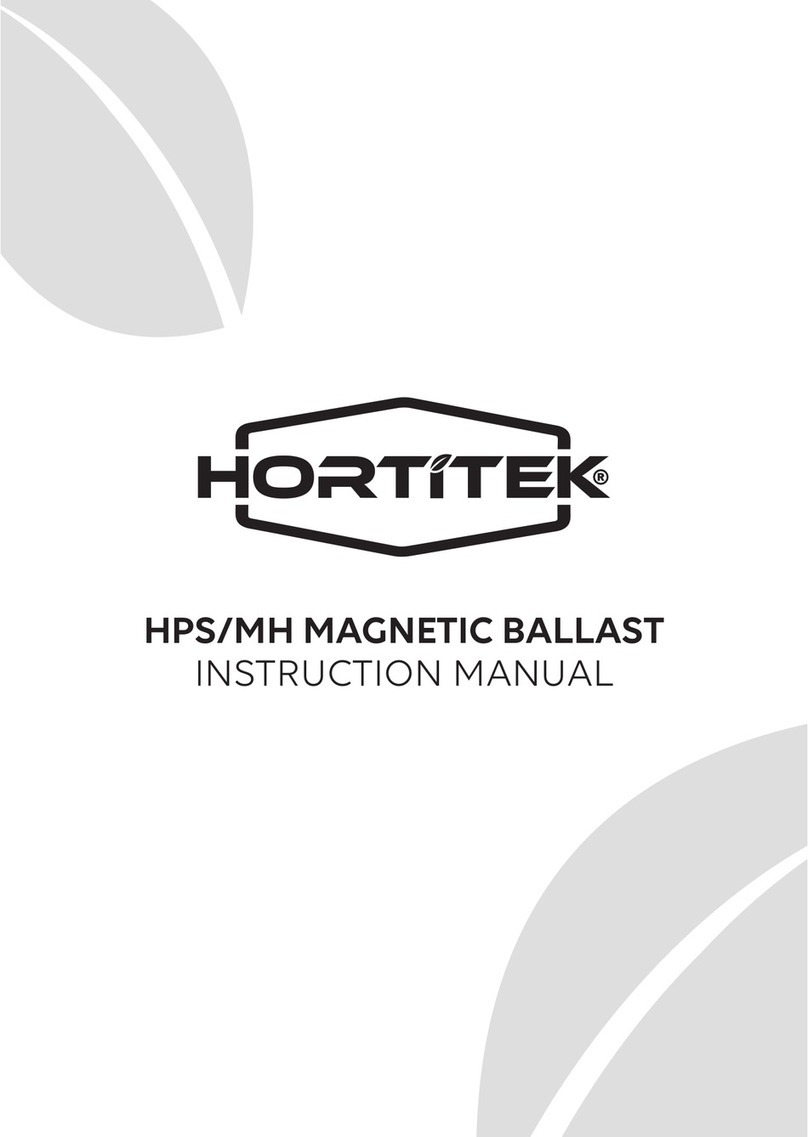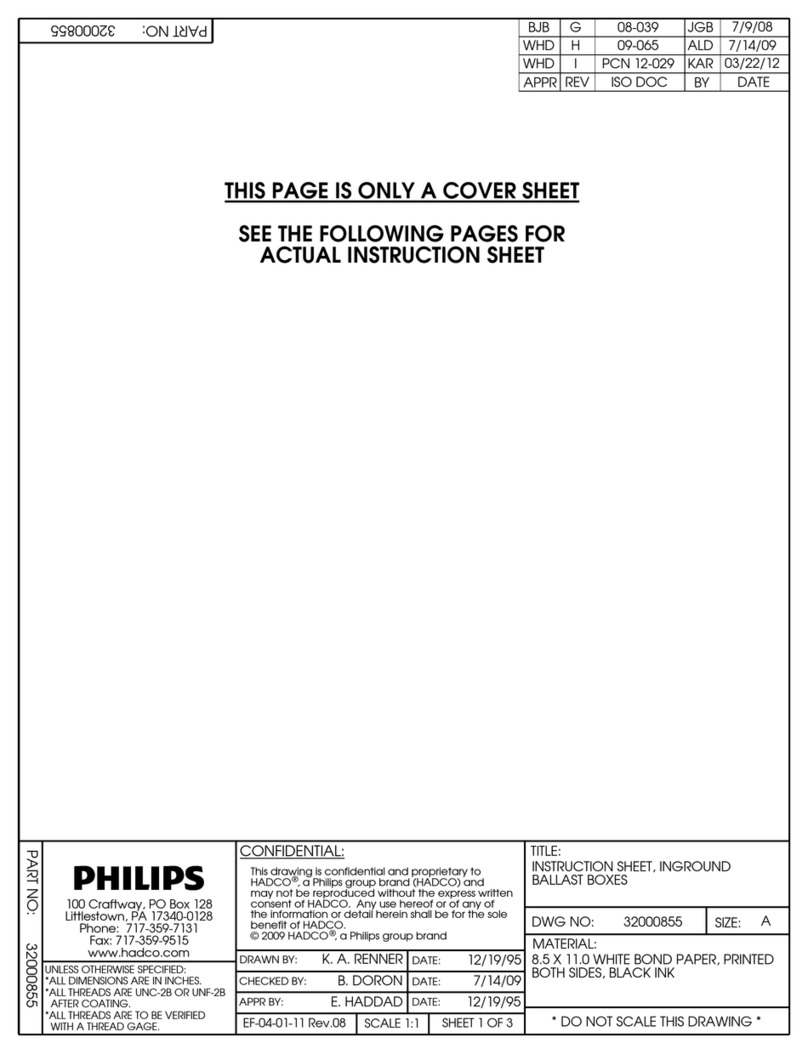
________________________________________________________________________________
VAISALA ________________________________________________________________________ 1
Table of Contents
CHAPTER 1
GENERAL INFORMATION............................................................................ 3
About This Manual ................................................................... 3
Contents of This Manual ....................................................... 3
Version Information ............................................................... 4
Related Manuals ................................................................... 4
General Safety Considerations ............................................. 4
Feedback............................................................................... 5
Product Related Safety Precautions ...................................... 5
Recycling .................................................................................. 5
Warranty.................................................................................... 6
CHAPTER 2
PRODUCT OVERVIEW.................................................................................. 7
Introduction to Vaisala Filling Balance FB13 ........................ 7
CHAPTER 3
OPERATION................................................................................................. 11
Regulations for Balloon Filling Sheds ................................. 11
Treatment of the Balloon before Inflation............................ 12
Storage................................................................................ 12
Low Altitude Burst ............................................................... 12
Selecting the Filling Balance Weight ................................... 13
Filling the Balloon .................................................................. 14
CHAPTER 4
TROUBLESHOOTING ................................................................................. 15
Troubleshooting Procedure .................................................. 15
Technical Support .................................................................. 15
APPENDIX A
SAFETY INSTRUCTIONS FOR BALLOON OPERATORS ........................ 17

